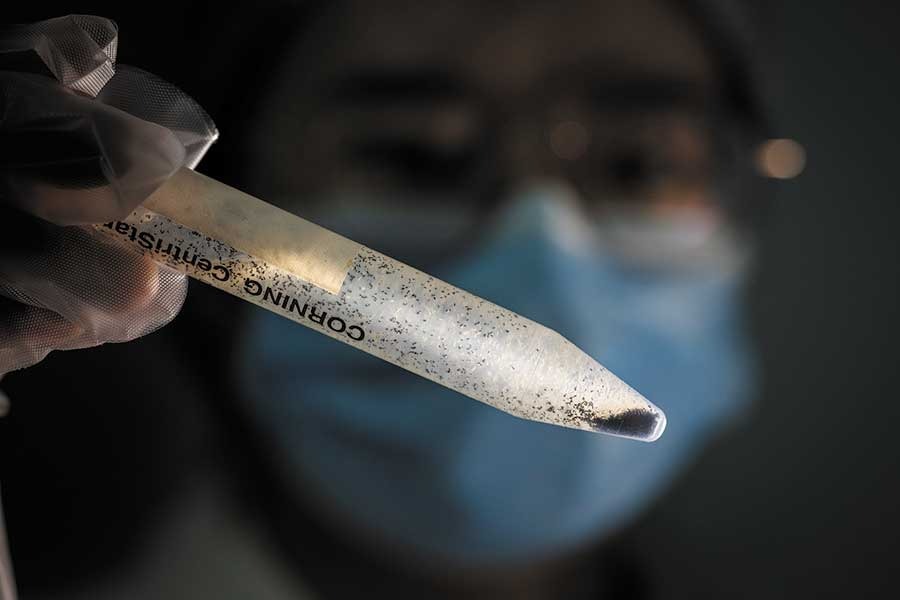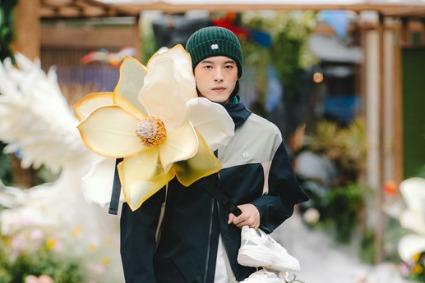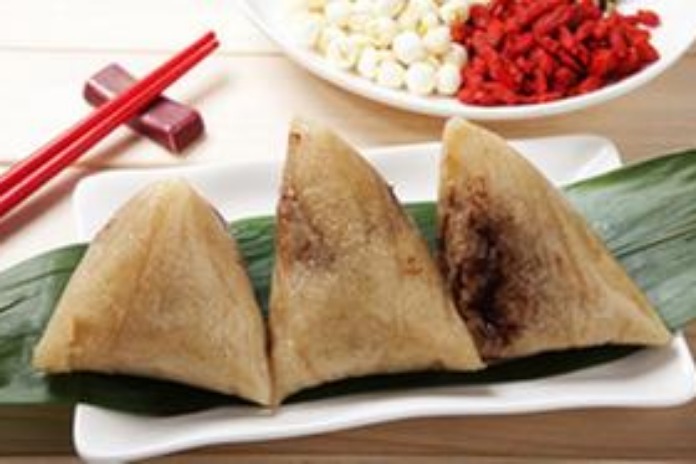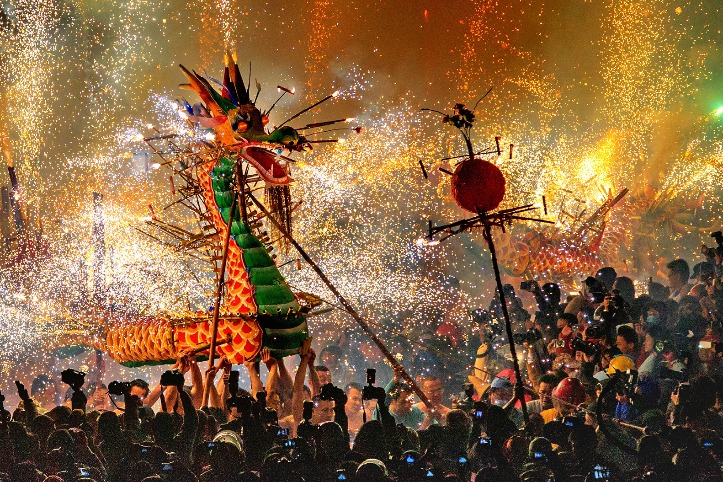The sweet story behind India's first Chinatown


The word for sugar in Bengali, as in some other Indian languages, is chini. Ask anyone back in my hometown of Kolkata in India why that is so and chances are they will tell you it is because the Chinese introduced sugar to India. While history says otherwise, it is true that the story of India's first Chinatown does have a sugary connection to it.
The story starts with the arrival of tea trader Tong Ah Chew from Guangdong province in the late 18th century. Atchew, as he is referred to in East India Company records, set up a sugar mill on the outskirts of Kolkata in Achipur, a village that is today named after him, with the help of 100-odd workers he brought from his homeland. When Atchew died in the 1780s and the sugar mill went bust, the Chinese mill workers moved to Kolkata proper in search of a living. What they left behind was a temple and Atchew's tomb, which members of the Chinese community visit by the hundreds during Spring Festival each year.
The Chinese workers settled around central Kolkata's Tiretta Bazaar area, making a living running leather tanneries and carpentry shops. This was an area that was already inhabited by other non-Bengali trading communities, and the multicultural setup helped the new arrivals integrate easily. However, in the early 1900s, they were forced to shift the polluting tanneries to the marshy eastern fringes of the city and Tangra, the second Chinatown in Kolkata, took shape.
Given their expertise in the leather trade, it is not surprising that before the mega brands made their appearance, Chinese shoe shops were the go-to places for footwear in Kolkata. The row of shops on Bentinck Street in the heart of town was where office workers picked up their formal shoes. My father and uncles all had their personal favorites among those shops and remained devoted customers all their lives. While the men found their custom-fitted shoes on Bentinck Street, for women, Henry and Kowloon in New Market were where the fancy pairs were.
Not to be outdone, Chinese women ran hugely successful beauty salons. Even today, some of the biggest names in the beauty trade in Kolkata are Chinese. Dentistry was the other profession members of the community excelled in.
But it was to the food that the Chinese community introduced to Kolkata that the city owes the biggest debt of gratitude. Nanking, Chung Wah, Eau Chew and Kim Wah, Pieping, Mandarin, Jimmy's Kitchen and the not-so-Chinese sounding Waldorf are among the scores of eateries that have been around for decades, serving Indianized versions of Chinese fare to a clientele that never seems to tire of the rarely changing menus.
So popular is this "Chinese" food that fried rice and chilli chicken regularly make an appearance on Bengali dinner tables. Never mind that the only thing remotely Chinese about them is the liberal use of soy sauce. Humble roadside eateries make a killing every day, dishing up platefuls of Hakka chow mein and Veg Manchurian, which bear very little resemblance to anything available on the Chinese mainland. For the lovers of more authentic fare, the pork dumplings and noodles served early in the morning in Tiretta Bazaar is a breakfast pilgrimage made regularly.
Kolkatans are proud of their Chinese food. Take them to any other city in India, and they will turn up their noses at what is on offer there. In Delhi, some of us would haunt this tiny place called China Fare, only because it served Kolkata-style Chinese food and that was the taste of home.
After moving to China, I have discovered that what is known as the "chimney soup" back home, is just a modified version of the hotpot. The food in the office canteen seems strangely familiar but very different at the same time. Conversations nowadays with friends and family in Kolkata inevitably veer around how much of Chinese food I am getting to sample here — and the envy and wistfulness in their voices are real.




































